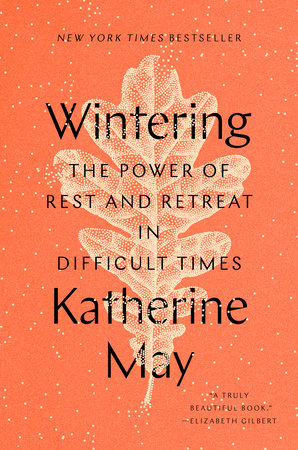Wintering Reader’s Guide
By Katherine May


1. Wintering is divided in sections labelled by months, from September through late March. Why does Katherine May structure the book in this way? How does a story in the October section differ from a story in the January section?
2. May describes wintering in many ways throughout the book. How would you personally define wintering?
3. May states: “We may never choose to winter, but we can choose how.” Consider a time you have wintered. How did you choose to winter at that time? If you knew then what you know now, how would you winter differently?
4. May turns to activities such as cooking while she winters. She describes these quiet pleasures: “still, rhythmic work with the hands, the kind of light concentration that allows you to dream, and the sense of a kindness done in the process.” What are some of the ways that you slow down during wintering?
5. In the chapter “Ghost Stories,” May outlines the ways we are affected by grief and loss. She speaks about her grandmother, her first encounter with death. Consider your first encounter with death. How has your understanding of death changed from that time to now?
6. May describes the Stonehenge Solstice in the chapter “Midwinter.” She mentions the Druid rituals as expressing “a craving that so many of us will recognize.” What is this craving? If we lived in a society where the mainstream was to have festivals every six weeks, how would that shift your mindset?
7. Upon needing to teach her son about how to winter, May writes: “You’ll find wisdom in your winter, and once it’s over, it’s your responsibility to pass it on. And in return, it’s our responsibility to listen to those who have wintered before us.” Describe a time when you took advice from someone about wintering. Similarly, who have you passed advice on to?
8. In describing the lives of honeybees, May explains that, while they can be mistaken as analogies for humans, our lives are different. As May describes, what is the important difference between these societies? When May says, “all of it matters,” what does she mean?
9. The quote May uses in the beginning of her book is from Edward Thomas’s poem, “Thaw.” “Thaw” is also the title of the epilogue in Wintering. What is the significance of Thomas’s poem to Wintering?
10. May ends her book with a section about bravery. Consider a time you came out of wintering. How did you use your strength and experience to face the world with bravery?
Just for joining you’ll get personalized recommendations on your dashboard daily and features only for members.
Find Out More Join Now Sign In